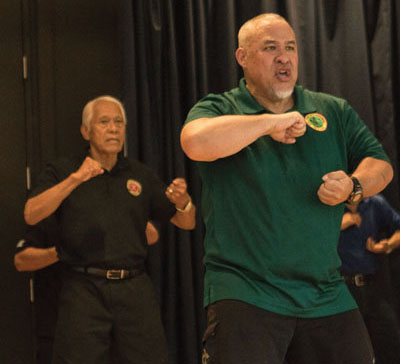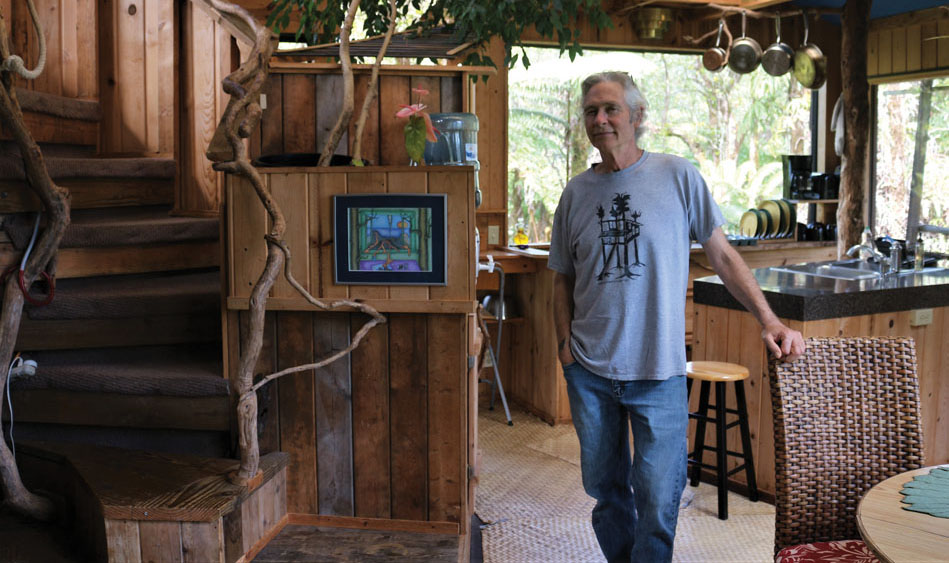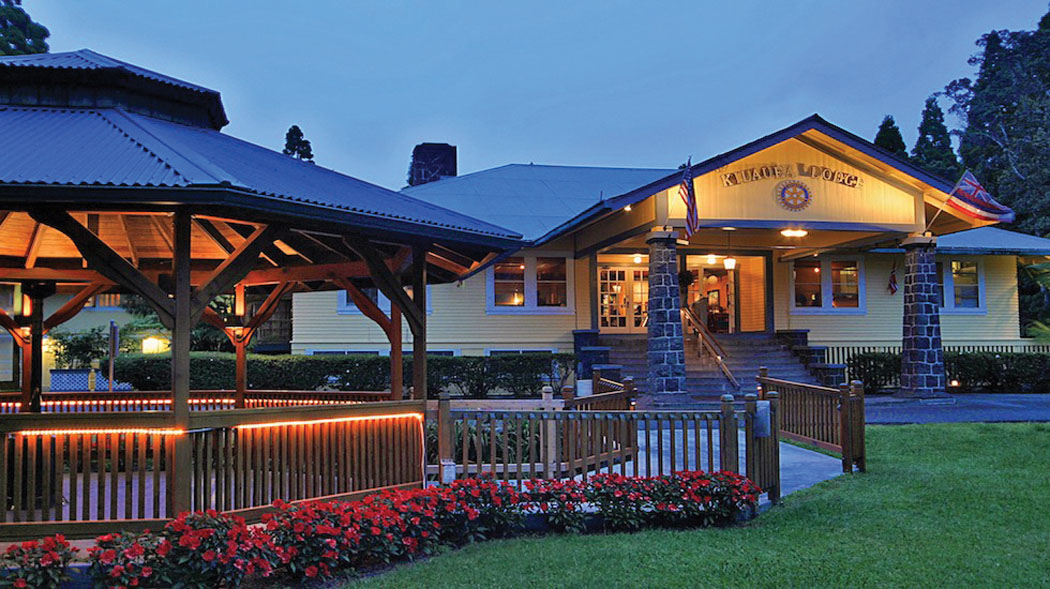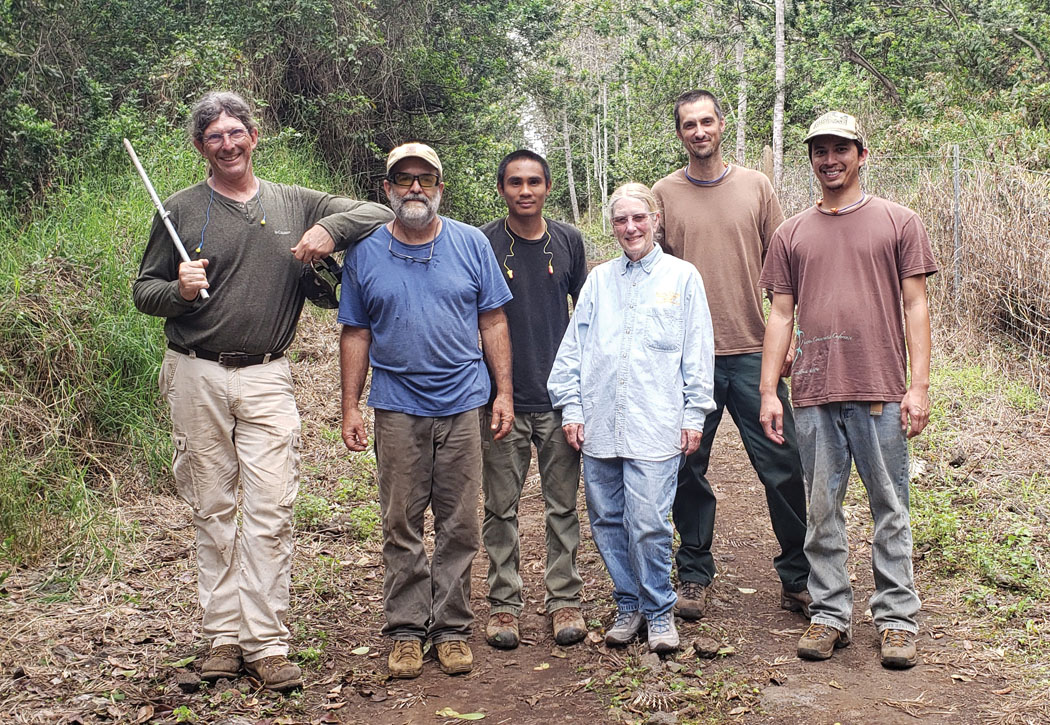
Preserving Natural Resources by Protecting Native Forests
By Sara Stover
When Maunaloa erupted in 1926, it was impossible to stop the lava from destroying much of the forest found within what is the modern-day Kona Hema Preserve. Stopping bulldozers and building plans from taking their toll on the forest, however, is not only possible, it’s integral to preserving Hawai‘i Island’s natural resources. No one was more aware of this than the late Dr. Charman J. Akina.
The Doctor that Intervened
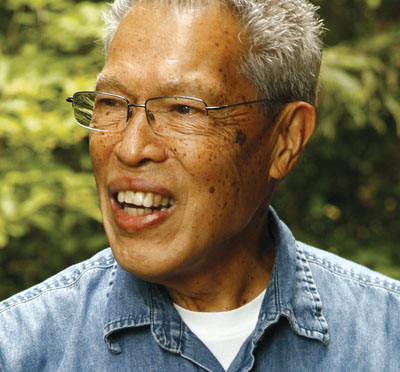
A Hawaiian physician, Dr. Akina spent the better part of his professional career specializing in internal medicine on O‘ahu. After retirement, Dr. Akina lived in Honolulu, and also spent time at his home on Hawai‘i Island. It was here that his interest in the native forest truly took root. It was the early 70s, and two South Kona parcels were being subdivided for sale.
“I went down there and found these properties that had beautiful trees on them, along with young forest. When I found out they would be sold for development, I stepped in and bought them,” he told The Nature Conservancy (TNC). “I wanted to save them from the bulldozer.”
Dr. Akina’s purpose for the land purchase was to protect it from development, and eventually to donate it to TNC. It was an intervention that led to a beneficial expansion of TNC’s Kona Hema Preserve.
Since 1999, TNC has been working with the region’s landowners to acquire neighboring forest, expand the Hawai‘i Island preserve, and assure the protection of Kona’s native forests. The preserve now consists of three adjoining forest parcels in South Kona purchased between 1999 and 2003 at Honomalino, Kapu‘a, and Pāpā.
In 2014, the doctor donated a 37-acre parcel of his purchased property known as “the Akina 37” to TNC. Prior to that donation, TNC had acquired more than 4,000 acres next door at Honomalino. In late December 2018, Dr. Akina gave TNC a 135-acre parcel located just below its 8,081-acre Kona Hema Preserve and the state’s South Kona Forest Reserve, which included the section impacted by Maunaloa’s 1926 lava flow.
In early January 2019, only a few weeks after making the most recent of his donations, Dr. Akina passed away at 85 years old, knowing that the forest was now safe in the hands of TNC—more specifically, in the hands of Mel Johansen.

The Keepers of Kona Hema
Mel manages the Kona Hema Preserve for TNC with the help of field crewman Lester Gebin, dedicated volunteers, partners from the Plant Extinction Prevention Program (PEPP), and others who understand the important role the donated parcels play in the habitats of native wildlife and plants.
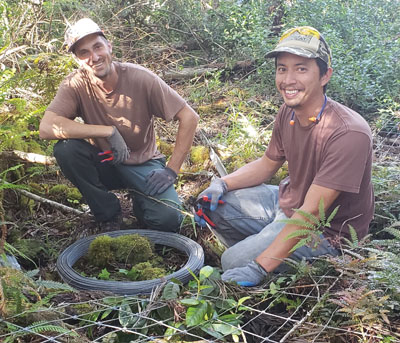
When Mel was hired in 2000, he found the forest in a compromised state from more than 100 years of grazing, harvesting, and invasive plant growth. To make matters worse, the property was overrun by mouflon sheep, pigs, and goats.
To restore the preserve, Mel launched a monumental initiative to fence in the entire property and remove the feral animals. The endeavor took over a decade, and more than 1,000 pigs were eventually removed.
“What I love most is seeing the changes that have taken place as the result of our work,” says Mel. “Watching the forest recover because it now has a chance is very satisfying.”
As a keeper of the preserve, Mel knows that threats to the forest don’t take a break for holidays. On Christmas Day 2010, Mel was driving to Waimea when he received word that a fire broke out on the preserve. He and his field crew fought the fire for 10 hours, extinguishing it by cutting a firebreak. Unfortunately, the blaze had reignited by the next morning, so naturally Mel, Lester, and others returned with a bulldozer, this time successfully containing the fire.
In 2012, a fire cam was installed in Hawai‘i Volcanoes National Park to detect forest fires, freeing Mel up to pour his energy into managing the preserve’s 8,089 acres.
The Defenders of Native Plants and Wildlife
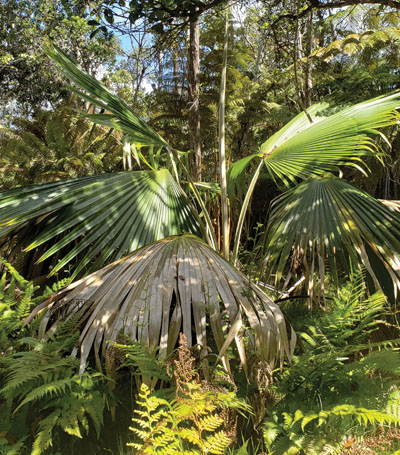
For more than a century, logging, and agricultural and urban development have caused excessive disruption and loss of resources to forest habitat. Fortunately, the Kona Hema Preserve offers shelter to biological resources that are crucial to native plants and wildlife.
Most days, Mel and Lester can be found working on the preserve in the glow of the morning sun and the dampness of the afternoon clouds. They are often joined by volunteers Louise Hanna and Bob Kraus, and PEPP botanists Reid Loo and Josh Vandemark, who collect rare plants from places in the preserve where various threats are inhibiting their regeneration.
Some of the best defenders of Kona’s native animals and plants are actually animals themselves! Mel often relies on his team of trained dogs, Tank and Pili, who follow the scent of the pigs, sniffing out any intruders that could threaten native trees.
The Pāpā parcel contains indigenous tree fern, koa, and other trees that provide habitat for native forest birds like the ‘amakihi, ‘apapane, ‘elepaio, and ‘i‘iwi. The land offers a potential habitat for the restoration of the ‘alalā (Hawaiian crow), ‘alawī (Hawai‘i creeper), and other endangered birds that occupied the area until the 70s. Historically, the rare mēhamehame tree was found on Dr. Akina’s original 135-acre parcel. Today, the ‘iliahi, māmane, pāwale, and other native plants and ferns can be found along the 1926 lava flow edges. The parcel is also part of a limited habitat range for the loulu, the tallest Hawaiian fan palm. Once nearly extinct, the loulu is now thriving at the preserve.
Kamehameha butterflies and lacewings have been reported on the property, while the ‘io (Hawaiian hawk) and endangered ‘ope‘ape‘a (Hawaiian hoary bat) have been reported on the Pāpā parcel.
The Advocates of the Native Forest
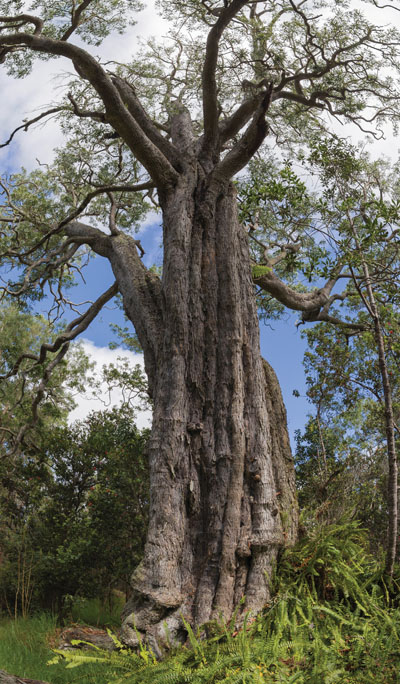
With such biodiversity present in the preserve, measures must be taken to guard the forest against hoofed animals that can disturb native plants, degrading indigenous forest by uprooting understory plants. Pigs are especially destructive, scattering seeds of invasive plants and creating wallows that attract breeding mosquitoes. Feral animals are also known to dig at the ‘ōhi‘a bark and roots, creating wounds through which Rapid ‘Ōhi‘a Death (ROD) fungus spores can penetrate, but fences effectively keep these animals at bay.
Through volunteer days that Mel leads, fences are built and replaced to keep the pigs from returning and protect critically endangered plants within. Volunteer days give individuals the chance to become forest advocates. They may just see Hawai‘i’s largest koa tree in the process! Found at the preserve, the koa stands 115 feet high.
Forest trees like the emergent koa are essential for ongoing access to fresh water, and are critical to Hawai‘i’s watersheds. These sources of clean drinking water are dependent on a process known as the water cycle—a symbiotic relationship between the atmosphere, ocean, and land that is necessary for replenishing the island’s water supply.
The delicate water cycle is dependent on tall trees like the koa, which are the first to intercept heavy rainfall. The koa leaves absorb moisture from clouds, which then runs down leaves and branches to the plants below. By sheltering native forest, the preserve encourages koa growth, contributing to a healthy water cycle.
Although hoofed animals and fire remain potential threats to South Kona’s fragile habitat, native plants and animals are beginning to dominate certain areas once again. The forest is showing signs of health, and the potential for further forest restoration is strong.
Native forest restoration is as crucial to the preservation of Hawai‘i’s culture as it is to the environment. Koa bears much cultural significance, as early Hawaiians used the wood to build ‘ukulele, canoes, and surfboards. In Hawaiian culture, hula dancers used blossoms from the ‘ōhi‘a lehua for lei; however, in efforts to reduce the spread of ROD, hula schools have forsaken this custom since 2016.

Although the koa and ‘ōhi‘a forests have been affected by grazing, harvesting, and disease, the preserve has reforestation potential. It is this potential that drives efforts to maintain the integrity of fences.
Once a poorly protected resource, the future is looking brighter for the forest and wildlife that are part of Kona’s native biodiversity. By researching the opportunity for sustainable forestry in the region, TNC hopes to further restore the Kona Hema Preserve’s native forests.
“Dr. Akina was a great man of Hawai‘i who inspired all of us to preserve and protect our native forest. When he spoke, everyone stayed silent and listened, knowing that his knowledge was gathered over a lifetime here,” recalls Mel. “His land donation will allow us to perpetuate his intent to ‘save the forest from the bulldozers’ and perhaps even bring back some of the trees that once flourished at this elevation, like the mēhamehame and māmane that are so essential to native birds.”
Dr. Akina left behind a legacy, and the forest he found so beautiful can now be restored and preserved for generations to come thanks to the care of Mel and his team of volunteers, crew, and a few four-legged hunters. ❖
For more information: nature.org/hawaii
Resources:
Timmons, Grady. “TNC Receives Gift of Land on Hawai‘i Island.” TNC Newsroom, February 27, 2019
DLNR’s Statewide Forestry Information. “Hawai‘i Big Tree Program.” hawaii.gov, Forestry Programs
Wight, Evelyn. Associate Director of Communications at the Nature Conservancy of Hawaii
